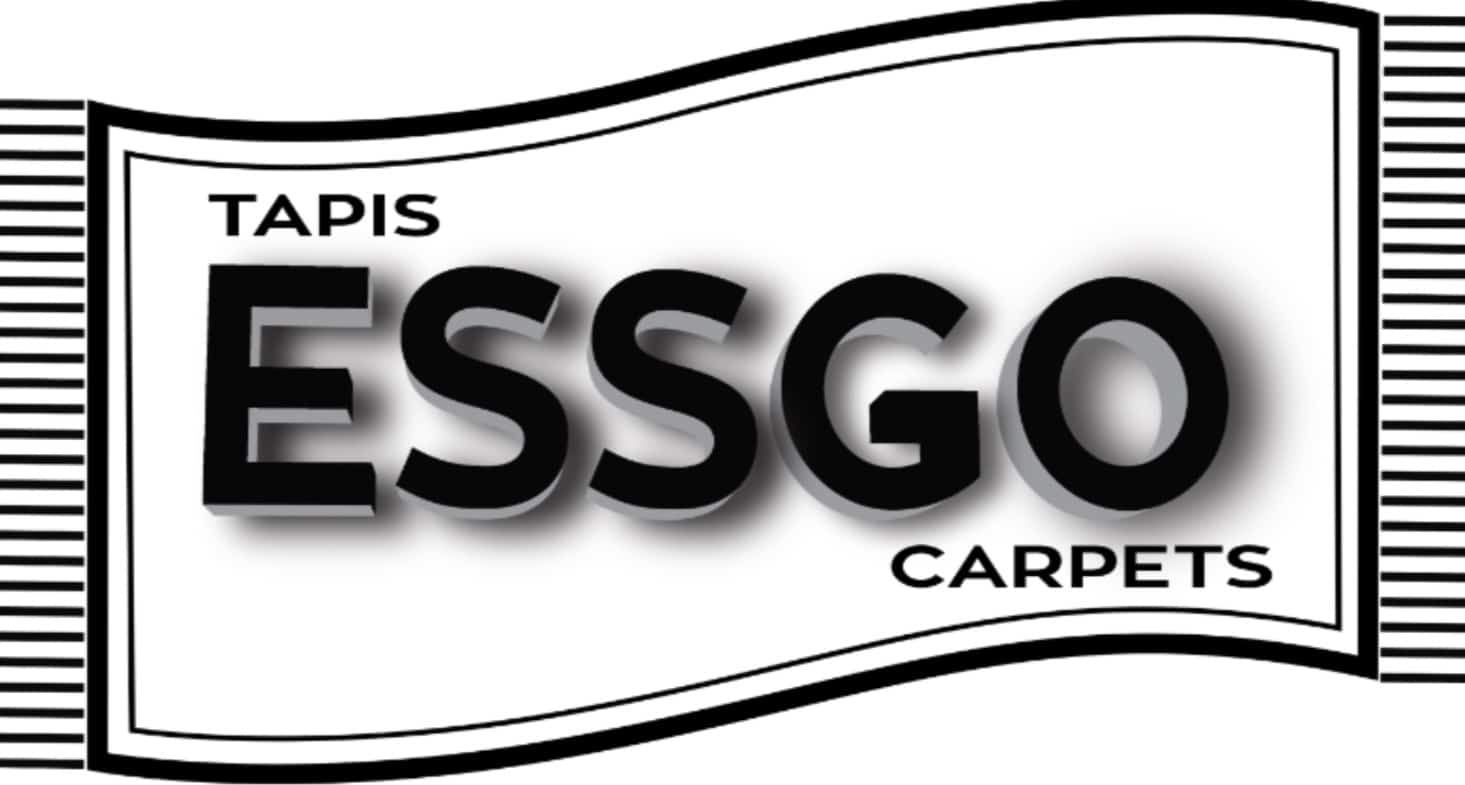Tibetan Rugs Design


Design
Tibetan khaden (sleeping rugs) with designs typical of 19th century weavings
Tibetan carpets from the 19th century (perhaps earlier, though mostly carpets from the 19th century survive) are relatively restrained in terms of design and coloring, carpet makers at that time being restricted to a narrow range of natural dyes including madder (red), indigo (blue), Tibetan rhubarb (yellow) and Tibetan walnut (browns and greys), with a few other local plants producing yellow and greenish colors. Motifs consisted of two classes: the first type being simple geometric motifs such as the checkerboard and gau (amulet) design that probably formed part of an ancient Tibetan design repertoire, mingled with medallion designs and other motifs derived from Chinese decorative traditions.
Tibetan khaden with designs from the early part of the 20th century showing the greater elaboration and wider color range from this period
From the early 1900s a wider range of synthetic colors became available to Tibetan weavers, and this seems to have stimulated the production of new and more complex designs, also based loosely on traditional Chinese motifs. The period of 1900-1950 saw the production of many colorful new designs featuring dragons, phoenix, floral motifs, clouds and so on. Though the main influence was Chinese Western textile designs were also copied occasionally. These designs still form the core of the Tibetan weaver’s repertoire today.


